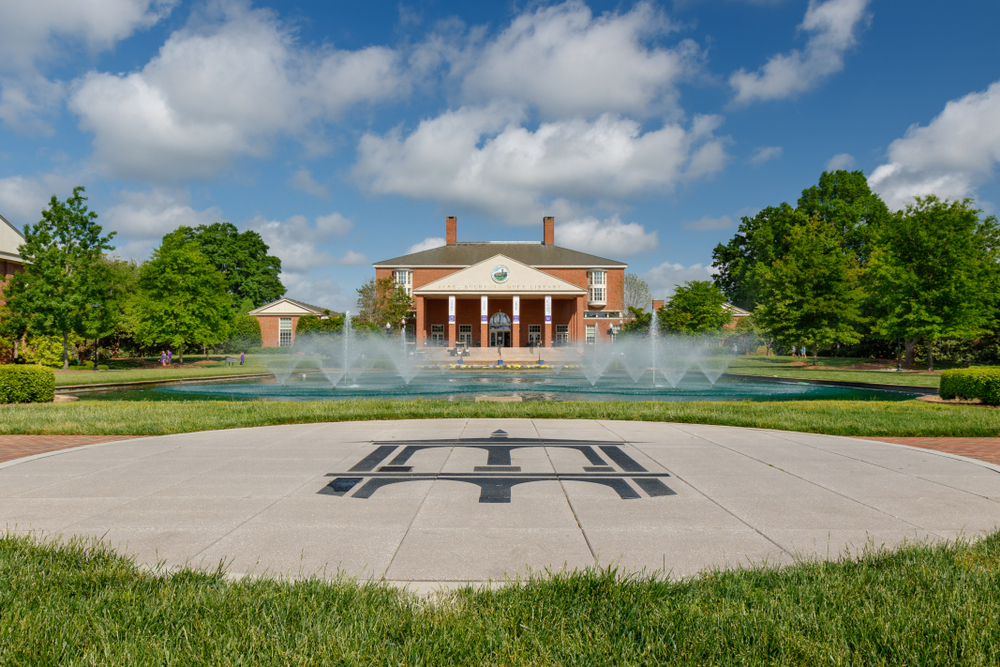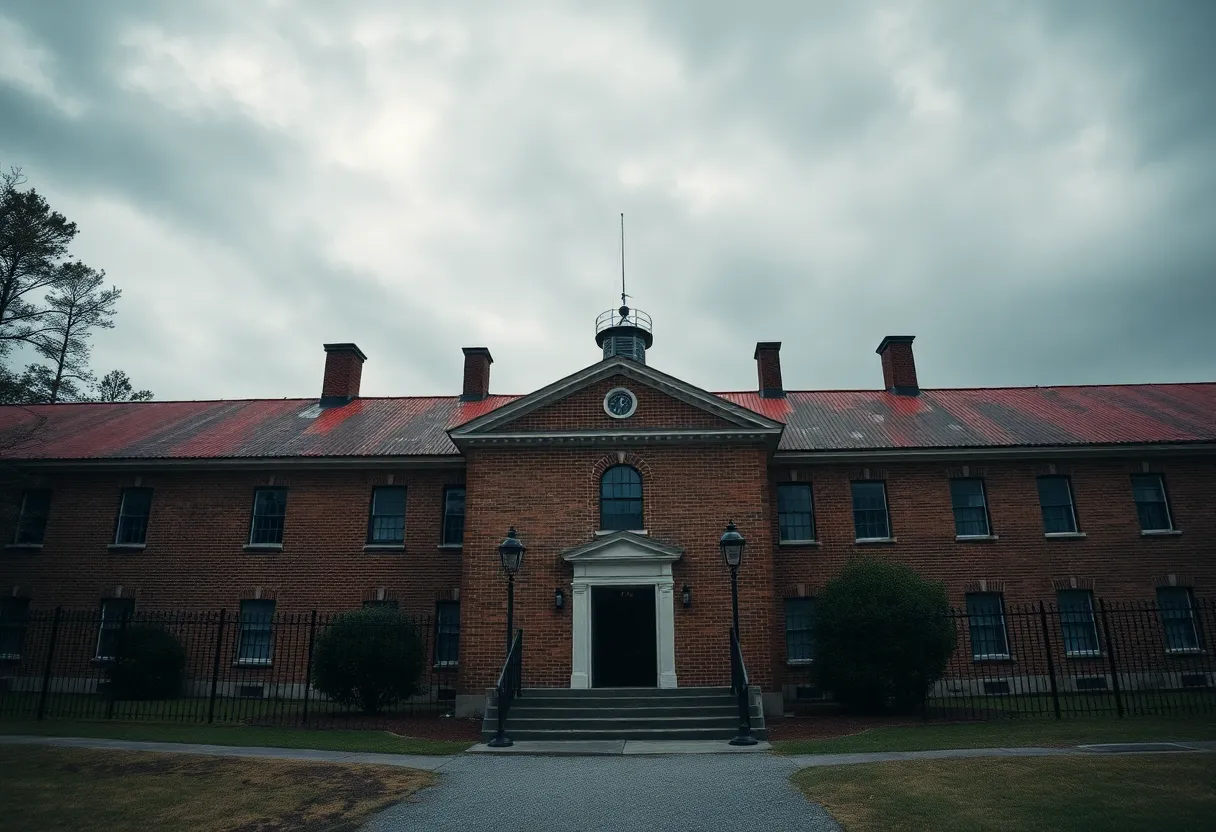Greenville: Uncovering Postal History from 1860
Postal history enthusiasts in Greenville have uncovered a fascinating piece of the past in a 1860 envelope sent to Julius A. Dargan. The envelope, featuring official Furman University stationery, offers a glimpse into the postal practices of the time.
Exploring Envelopes and Stamps
Envelopes, also known as covers, were essentially folded paper letters that served as self-covers for correspondence. The envelope in question dates back to a time when machine-made folded envelopes were beginning to replace hand-folded letters. The 3-cent postage stamp affixed to the envelope may seem ordinary now, but in 1860, such stamps were a relatively new addition to postal systems. The introduction of postage stamps in 1847 marked a significant milestone in mail delivery.
Decoding Post Office Marks
A closer look at the post office mark on the envelope reveals valuable insights into Greenville’s history. The use of “Greenville C.H.” in the mark, with C.H. standing for courthouse, dates back to the mid-19th century. Subsequent changes in post office markings reflect the evolving landscape of the city’s postal services over the years.
Artwork and Details
One of the intriguing aspects of the envelope is the artwork printed on Furman University’s stationery. The light blue color scheme, featuring an illustration of the university’s original “Old Main” buildings with a bell tower, captures a snapshot of the institution’s early years in Greenville. Notably, the depiction of the bell tower shows a small dome topped with a cross, a detail that differs from later representations.
Historical Context
Sent just months before South Carolina’s secession from the Union, the envelope carries historical weight. Addressed to Julius A. Dargan, a prominent figure in Darlington, the letter likely held significance in the turbulent political climate of the time. Dargan’s role as a lawyer, legislator, and secession signer adds layers of context to the communication sent from Furman University.
Connecting the Dots
As researchers delve into this piece of postal history, connections emerge between individuals, institutions, and events that shaped Greenville and South Carolina during this pivotal period. The intersection of personal correspondence, institutional stationery, and historical markers offers a rich tapestry for exploration.
Uncovering Hidden Stories
Each artifact from the past, whether a simple envelope or a handwritten letter, carries within it hidden stories waiting to be revealed. The preservation and study of postal history not only shed light on communication practices of yesteryear but also provide a window into the lives and times of those who shaped our communities.






